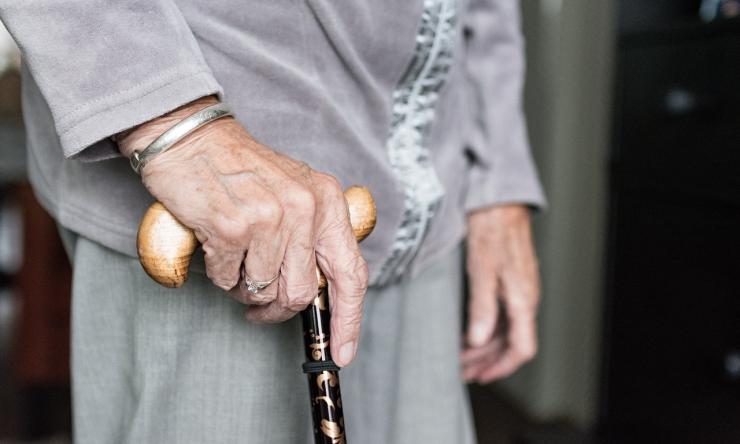Taking the steps to fall-proof your home
As we age, our chances of falling increases. These falls can have serious physical and psychological impacts on geriatric populations but often are preventable. Dr. Angela Catic, associate professor in the Roy M. and Phyllis Gough Huffington Center on Aging at Baylor College of Medicine, offers first steps and tips on creating a safe living environment for loved ones.
“About 27% of adults 65 years of age or older fall annually and about 10% of those suffer a fall-related injury. If you've experienced a fall or have a fear of falling, you are at a higher risk of falling. Once an older adult falls, they can develop post-fall anxiety syndrome,” said Catic. “It’s important for older populations to remain as independent as possible in their own homes. You can help support this by making sure common falling hazards are not in their homes.”
General Habits
Seniors should remain active in a safe way. They should avoid exercises and equipment where they cannot be in complete control of their environment, such as treadmills or other heavy machinery. Older adults and their families can work with physical therapists to determine what kind of exercise plans would be best suited for their loved ones and should make sure that their loved ones are aware of medications that can cause cognitive impairment. Older adults should trade household slippers and flipflops for shoes with traction. They also should ensure they have adequate lighting in and outside of the house so they can see where they are going, especially at night.
Living Spaces
There should be clutter-free paths in and to bedrooms and living rooms, especially if the individual uses an assistive device like a cane or walker. Rugs should be removed from the house, as they increase the risk of slipping, even with fasteners such as Velcro or tape. Extension cords should not be in the walking path and should be tucked around or under couches and dressers. If rooms are carpeted, there should not be any loose or uneven patches as these can increase the risk of tripping. If stairs are in the home, it is a good idea to color the steps with high contrasting colors to help older adults see where the step lands, especially if they have a visual impairment.
Kitchen
Everything in the cooking space should be easily accessible and at eye level. Move items from high shelves to a lower shelf and if a step stool is needed, it should be one with a bar attached for stability.
“Some older adults are prone to falling after standing for long periods of time, and this can happen while cooking. Using a high stool that lets them sit can be helpful,” Catic said.
Bathroom
Catic emphasizes creating a safe environment in the bathroom, as older adults are most likely to fall here. Grab bars should be installed near the shower or tub and by the toilet to help navigate around the space. Towel racks are not substitutes for grab bars as they are not designed to hold a significant amount of weight. Slip-resistant aids should be placed in the bathtub or shower and if the tub requires an individual to step over the lip to get in, consider purchasing a sliding tub transfer bench that can make the process safer and easier. These benches also can be useful for seated showers if an older adult cannot stand for long periods of time. Families also should consider purchasing raised toilet seats with attached arms if their loved ones have mobility issues.
Outdoor Spaces
From gardening to simply enjoying nice weather, there are many activities for older adults to do in their front and backyards. When enjoying the outdoor spaces, seniors should always wear shoes. If they are walking across yards or unstable sidewalks, an assistive device such as a cane or rollator can be a good idea as unpredictable and uneven terrain from tree roots or animals digging unseen holes in the ground can cause falls. If there is a porch or patio, it should be well-maintained to prevent falls. If older adults like to tend to plants and other greenery, have a walker that allows them to sit without bending down all the way to the ground.
If a loved one does fall, they should seek immediate medical attention if they strike their head, are on blood thinners or lose consciousness. If pain persists after the fall, see a doctor, as it may be indicative of a fracture or significant laceration.
“These tips are great for geriatric populations, but they aren’t the only population at a high risk for falling,” said Catic. “People with cognitive impairment, dementia, arthritis, orthostatic hypertension or even neuropathy also can experience a fall.”










